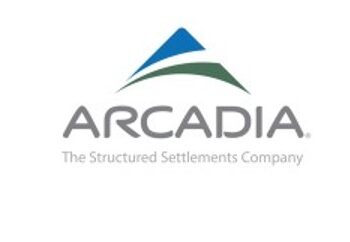It is no surprise that asbestos is considered a hazard whenever building, renovating or tearing down a property.
With that the case, New Zealand authorities recently involved in managing the health and safety impacts of the Canterbury rebuild raised concerns at the way in which asbestos material is being managed on a number of work sites across the region. The Ministry of Business, Innovation and Employment (MBIE) and the Canterbury Medical Officer of Health are urging all of those working on any site, where there may be the possibility of asbestos, to make sure it is accurately identified.
Most buildings that were constructed prior to 1980 are reportedly likely to contain some form of asbestos. However, there is a chance that asbestos products may have found their way into buildings constructed or renovated after this. “These buildings account for a large proportion of those being demolished, or due for demolition or repair in the rebuild, so great care must be taken,” said MBIE’s Canterbury Rebuild Health and Safety Program Director, Kathryn Heiler.
“It is absolutely crucial that before any work takes place on a site that is thought to have asbestos, or asbestos containing materials, that it is accurately identified. If you have any doubt, you must either assume it is asbestos and put in the place the appropriate controls and notify MBIE of restricted work, or arrange for samples to be taken from the site and sent to an accredited laboratory for testing,” Heiler went on to say.
Systematic Approach to Hazard Identification Necessary
According to Heiler, the industry cannot just assume material does not contain asbestos – they are required to have a systematic approach to hazard identification.
“Let me be very clear. Any person with responsibility for the health and safety of the work site – be it the Principal, employer or contractor – must legally take all practicable steps to ensure the safety of their workers and those on the site. With asbestos it starts with accurate identification. We are currently seeing too many cases of asbestos not being properly identified and then subsequently poorly managed. This is unacceptable as it places people and the wider community at potential risk,” Heiler remarked.
In 2012, 53 people in New Zealand were diagnosed with one of four asbestos and other occupational lung diseases. This includes mesothelioma, lung cancer, asbestosis and pleural abnormalities, often long-latency diseases.
Author Michael B. Stack, CPA, Principal, Amaxx Risk Solutions, Inc. is an expert in employer communication systems and part of the Amaxx team helping companies reduce their workers compensation costs by 20% to 50%. He is a writer, speaker, and website publisher. www.reduceyourworkerscomp.com. Contact: [email protected].
©2013 Amaxx Risk Solutions, Inc. All rights reserved under International Copyright Law.
WORK COMP CALCULATOR: http://www.LowerWC.com/calculator.php
MODIFIED DUTY CALCULATOR: http://www.LowerWC.com/transitional-duty-cost-calculator.php
WC GROUP: http://www.linkedin.com/groups?homeNewMember=&gid=1922050/
SUBSCRIBE: Workers Comp Resource Center Newsletter












